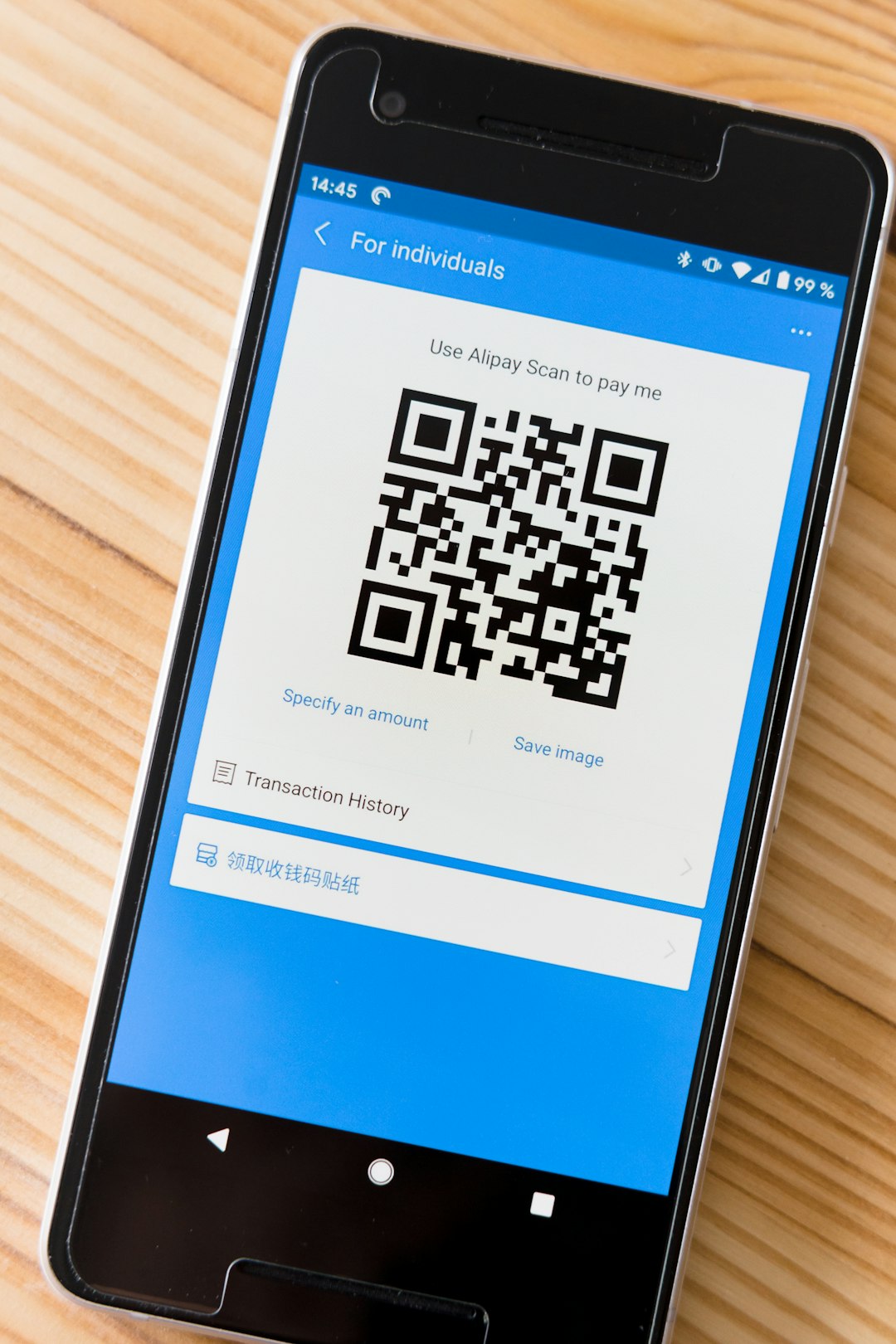Running a successful membership-based business in today’s digital landscape requires more than just offering great content or services. Smooth and secure payments play a pivotal role in optimizing user experience and revenue. With growing concerns about online fraud and regulatory requirements, it’s essential that businesses integrate effective and modern payment mechanisms. Among the most critical components are Strong Customer Authentication (SCA), 3D Secure (3DS), and retry logic, particularly when working with payment gateways.
This article breaks down the nuances of these concepts, showing how they contribute to better security and a higher success rate for customer subscriptions. Whether you’re setting up a new membership gateway or refining an existing one, understanding SCA, 3DS, and retry logic is pivotal for long-term success.
Understanding Membership Gateway Payments
In a membership business model, payment is often recurring—monthly, quarterly, or annually. This structure requires a billing system that is not only recurring but adaptable to various user behaviors and payment outcomes. Membership gateways serve as the critical infrastructure that enables this. But with increasing regulation and fraud prevention measures, they’re also tasked with ensuring compliance and security.
The Evolution From Basic to Smart Gateways
Early payment gateways were designed for one-off payments. Today’s systems must integrate smarter features, including:
- Automated recurring billing
- Fraud detection mechanisms
- Failed payment retry systems
- Authentication compliance features like 3DS
All of these ensure that end-users’ experiences are seamless while also maintaining the highest degree of financial compliance.

What is Strong Customer Authentication (SCA)?
Strong Customer Authentication is a requirement introduced under the European Union’s Revised Directive on Payment Services (PSD2). Its core function is to enhance the security of online payments and reduce the risk of fraud. While it mainly affects European countries, its influence is widespread because businesses serving EU customers must be compliant.
SCA requires the use of at least two of the following three elements for verifying a user’s identity:
- Something the customer knows (e.g., a password or PIN)
- Something the customer has (e.g., a mobile phone or hardware token)
- Something the customer is (e.g., a fingerprint or facial recognition)
Without SCA, payment gateways risk having transactions decline due to non-compliance. For membership platforms that rely on smooth renewals, non-compliance can lead to increased churn rates and lost revenue.
3D Secure (3DS): Enhancing Fraud Prevention
3DS is a protocol that helps prevent fraud in online credit and debit card transactions. Originally developed by Visa (as “Verified by Visa”), it is now widely supported across other brands like MasterCard (“MasterCard SecureCode”) and American Express. The latest version, 3D Secure 2.0, was designed to support SCA compliance and improve user experience.
Here’s how 3DS works in a nutshell:
- During checkout, the user is redirected to their bank’s authentication page
- The bank applies additional security, like sending a code via SMS
- Once the user verifies their identity, the payment proceeds
In the realm of recurring payments or subscriptions, 3DS applies mainly to the first transaction. Subsequent billing cycles are generally exempted if the business qualifies for Merchant-Initiated Transactions (MITs). However, if the payment schedule or amount changes, another round of authentication may be required.
3DS and Conversion Rates
While 3DS improves security, it can negatively impact conversion if not implemented thoughtfully. If the authentication flow feels clunky or if users are unfamiliar with the process, they might abandon the transaction entirely. To mitigate this risk, modern payment gateways adopt 3DS 2.0 instead of 1.0, which supports frictionless authentication using device data and behavioral signals, leading to fewer redirects.

Retry Logic: Saving Failing Transactions
Declined payments are a significant concern for membership businesses. Whether it’s due to expired credit cards, insufficient funds, or temporary processing errors, failed transactions can lead to unintended customer churn. That’s where retry logic comes in—a systematic approach to reattempting failed payments.
Why Retry Logic Matters
Studies show that up to 15% of recurring transactions fail on the first attempt. Without retry logic, each failed attempt could mean the immediate loss of a valuable customer. With intelligent retry systems, businesses can salvage a large portion of those transactions.
Effective retry logic involves:
- Detecting the failure reason (soft decline vs. hard decline)
- Spacing out retry attempts over several days
- Limiting the number of retry attempts to prevent user frustration
- Notifying users when retries fail or when action is needed
For instance, soft declines—like temporary unavailability or over-limit issues—can often be resolved with 2–3 retries spaced 24–72 hours apart. Hard declines, such as a reported stolen card, usually require direct customer action and should not be retried blindly.
Combining SCA, 3DS & Retry Logic
Integrating all three features—SCA, 3DS, and retry logic—turns a payment gateway into a robust, intelligent hub that balances security and user experience. Here’s how these components complement each other:
- SCA ensures compliance and protects against fraud
- 3DS adds an authentication layer to card payments, fulfilling SCA requirements
- Retry logic ensures that temporary payment issues don’t cause permanent revenue loss
Together, these components reduce customer churn, enhance security, and ensure smooth billing cycles. Any membership business serious about retaining members and minimizing operational headaches should prioritize their implementation.
Implementing Best Practices
When integrating SCA, 3DS, and retry logic, consider these best practices:
- Use the latest protocols: Always implement 3DS 2.0 and ensure your gateway is PSD2 compliant.
- Customize retry logic: A one-size-fits-all retry model can do more harm than good. Opt for machine-learning based adaption if possible.
- Communicate clearly: Notify customers when authentication is required or if a payment has failed and will be retried.
- Track performance metrics: Use analytics to measure recovery rate from retries, SCA flow abandonment, and 3DS error rates.
- Test regularly: Payment environments evolve. Continuous testing helps catch issues before they affect large user segments.
Choosing the Right Payment Gateway
Not all payment gateways are equal. When assessing one for your membership platform, ensure it supports:
- Built-in SCA and 3DS support
- Customizable and intelligent retry logic
- Easy merchant-initiated transaction setup
- Comprehensive logging for audits and analysis
Platforms like Stripe, Braintree, and Adyen are considered leaders in this space as they continuously update their features to comply with global regulations while maintaining flexibility for businesses.
Future-ready gateways can adapt to regional laws, new fraud vectors, and evolving user behaviors. This makes them indispensable in growing membership empires.

Conclusion
As payment regulations become stricter and fraud attempts more sophisticated, membership businesses must upgrade their infrastructure to include compliant and proactive authentication systems. Strong Customer Authentication and 3D Secure ensure secure upfront transactions. Meanwhile, retry logic works quietly in the background to rescue failed attempts and protect your revenue stream.
With thoughtful implementation, these tools don’t just offer regulatory benefits—they directly improve customer trust, satisfaction, and retention. In the evolving digital landscape, payment security and success are no longer optional features but foundational elements of any successful membership platform.


